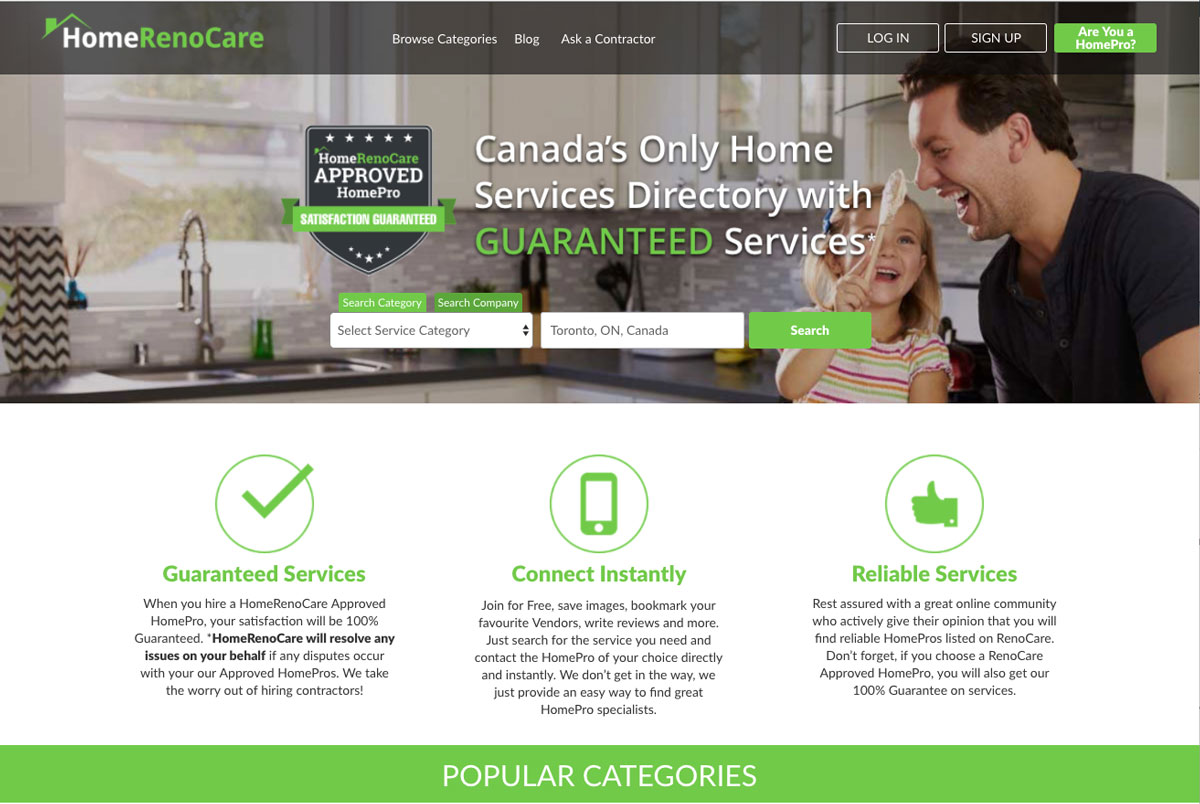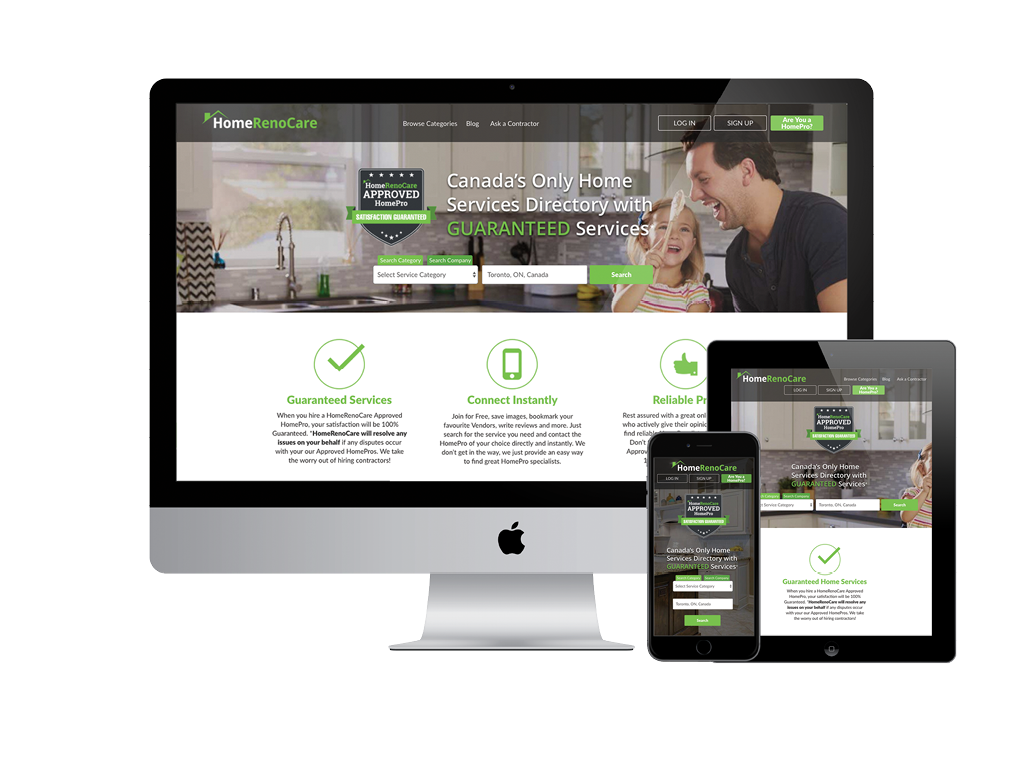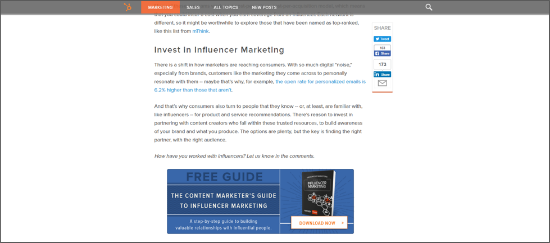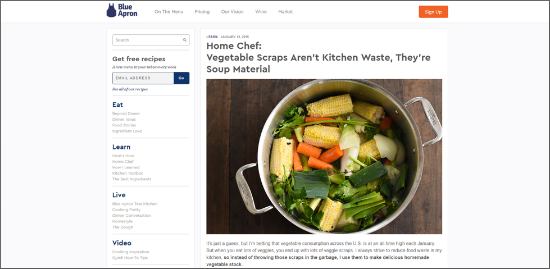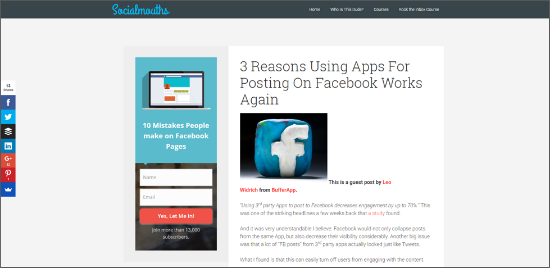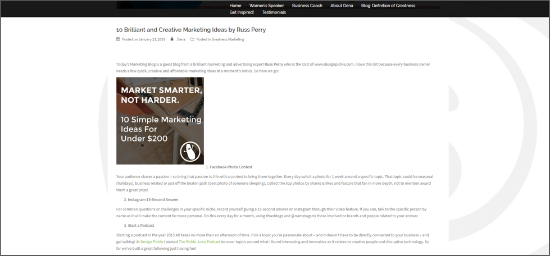Take your marketing efforts to the next level with these innovative ideas! We’re sharing the 11 best ideas for small business marketing in this post.
Updated March 22, 2020
Marketing is the bread and butter of every small business.
Unfortunately, many companies often overlook its importance, believing they don’t have the budget for it.
This is a massive mistake. There are many affordable ways to promote your business online and offline. Don’t just take our word for it. Check out 11 innovative ideas for a small business.
1. Become More Social
One of the most powerful marketing tools is also one of the most affordable marketing tools.
What are we talking about? Social media marketing, of course.
If you want to stand out in the market, you must aim to create small business accounts on social media. Don’t follow the norm. Focus on developing an online presence that’s full of personality. What could help you stand out from the crowd? Could it be unique competitions? Breathtaking photographs? Funny memes? Your tone of voice?
There are many different social media networks that can provide free marketing. For instance, create and maintain pages on Facebook, Twitter, Pinterest, YouTube, and Instagram. Google+ is also ideal for small business, as it provides special local features in Google, such as improved address listings and contact details.
Think about a USP, services, and the customer to create unique ideas for small businesses. Offer discounts, VIP offers, and competitions that will encourage engagement. Don’t forget to use your tone of voice to reinforce your brand.
2. An Active Blog
The one thing letting your marketing efforts down could be your website.
Your website should offer so much more than your contact details and a business summary. When used well, your website can become your company’s most valuable asset. Offer superb content to the customer with an active blog, which can provide many benefits to your brand. Aim to become a thought leader who provides reliable industry resources.
Some of the blog ideas for a small business you can write include:
- Industry news stories
- Company news
- How-tos
- Listicles
- Opinion pieces
Don’t forget to incorporate high-quality, professional images within each article, too. What’s more, you should develop a unique tone of voice that complements your brand.
Blog content can also help turn a lead into a conversion. Integrate calls to actions to direct them to a product page, which can boost your profit margin. The more content you create, the more people will discover your website – which will improve sales. You can even promote your articles across social media to drive traffic to your site.
3. Paid Social Media
If you have next to no budget, organic social media leads can be an ideal solution. Yet, if you do have a little money to play with for a marketing budget, you should consider paid social media.
If you have some great ideas for a small business, it can be a great way to showcase them to a wider audience. The likes of Facebook Advertising, Instagram, and Twitter will allow you to pay for sponsored posts. You can set the budget (it could be as little as $10) and you can also target the post to your demographic. For instance, if your target market is 18-25-year-old females, you can target the age range and gender. This way, you don’t have to worry about the marketing message becoming lost in the crowd.
4. Online Reviews
Unfortunately, many businesses overlook the many benefits of online reviews.
One of the biggest reasons they may not use reviews is because they’re scared about what they may read. Yet, if you offer a great product and a great service, online reviews should be a no brainer. Forrester stated trust is the most critical aspect of brand development and maintenance.
Online reviews can encourage trust in a brand and products. Potential customers can gain an insight into your services by reading impartial reviews. If you have glowing reviews, they’re more likely to choose you over a competitor.
5. Respond to Reviews
Don’t set up an online review profile and think your job is done. You must aim to respond to every positive and negative review.
It will prove to potential customers that you’re responsive. It will also make previous customers feel valued. It will display your dedication to exceptional customer service. There will be a time when you receive a bad review. Every large or small business will receive one at some point. It’s how you handle the bad review that can encourage trust in your brand. Reviews will impact a buyer’s decision. If you apologize for a bad experience and aim to rectify the mistake, people will trust in your brand a little more.
6. Ask Your Happy Customers to Write a Review
Want to receive positive reviews from happy customers?
During the checkout process, ask them if they have had a positive experience at a hotel or store. If they offer a positive response, ask them politely to write an online review.
You can guarantee a happy customer will want to help you if they can. If you don’t want to ask the customer, consider making the request with a follow-up email.
7. Free Publicity
The best publicity is free publicity, right?
Does that sound easier said than done? Well, it doesn’t have to be. For instance, you can host a charity event that garners the attention from the press.
You could also invite the media to grand openings or event days, who may feature the event in print or online. What’s more, if you’re a thought leader, you should connect with editors or journalists. When an industry news story arises, you could become the voice on the subject of a feature or news article. It’s a great way to showcase your brand and it won’t cost you a penny to do so.
8. Create a Brochure
Are you looking for offline ideas for a small business?
Create a brochure that showcases your brand, product, and services. For instance, if you offer renovation services, you can create a stunning brochure to feature both in the hotel rooms and the lobby. You can also ask other local businesses to promote the brochures to their customers, too.
9. Get Involved in the Local Community
Looking for local ideas for small businesses? You need to get involved in the community. Think about the many ways you can connect with your neighbors whilst promoting a brand.
It’s a great method to generate a buzz around your business whilst helping a local area. For instance, you could sponsor a local sports team or event. What’s more, you could collaborate with other local brands to cross-promote your services. It’s a superb way to come up with new and exciting ideas for a small business. For instance, you could showcase each other’s products on social media channels. This will allow you to reach a whole new audience and customer base.
If working with other companies isn’t an option, consider taking part in craft or food fairs. You could also host a local fundraiser or get the whole team to volunteer on a community project.
10. Ask for Referrals
Sometimes the best way to receive referrals is by asking for them. If you have a satisfied customer, why not ask them to refer other businesses and entrepreneurs to you?
It’s important to remember that people often enjoy helping other people. For instance, if a happy client no longer needs your services, ask for them to join you for a final meeting. Here you can cross the t’s and dot the eyes, and it’s also an excellent opportunity to ask for a referral. The worst they can say is “no” – so what do you have to lose? It could turn out to be one of the most profitable ideas for a small business on this list.
11. Call-to-Action Ideas for a Small Business
It’s believed more than half of website visitors abandon a web page in less than 15 seconds.
If you have a low conversion rate, this could be the reason why – so take a look at your bounce rate. One of the best ways to boost conversions and capture attention is with a call-to-action. It’s a brilliant way to encourage a potential customer to take action on your site. It instantly tells a customer what the page is about and how they can order a product or service.
The best call-to-actions are clear and simple and should encourage instant action.
For instance, the following words work well in a call-to-action:
- Start
- Learn
- Discover
- Free
- Build
- Stop
- Save
- Try
It might be the difference between them buying with you or losing them to a competitor. For this reason, it could be one of the best conversion ideas for a small business.
Conclusion
Some or all the ideas for a small business can help propel your company to a new range of customers.
You don’t have to be a big company with a large marketing team to become the competition. It’s important to look for ideas and marketing tools to help you affordably boost your reach. As a result, you could receive improved engagement and conversions.
The goal is to be as creative as possible. A little hard work will also help you stand out from both your large and small rivals.
Do you want to learn more about how we can help your business grow? Click here to contact us to get started with some marketing ideas for your small business. We were selected as one of the Top Small Business Web Design Companies. See the designrush agency listings.
